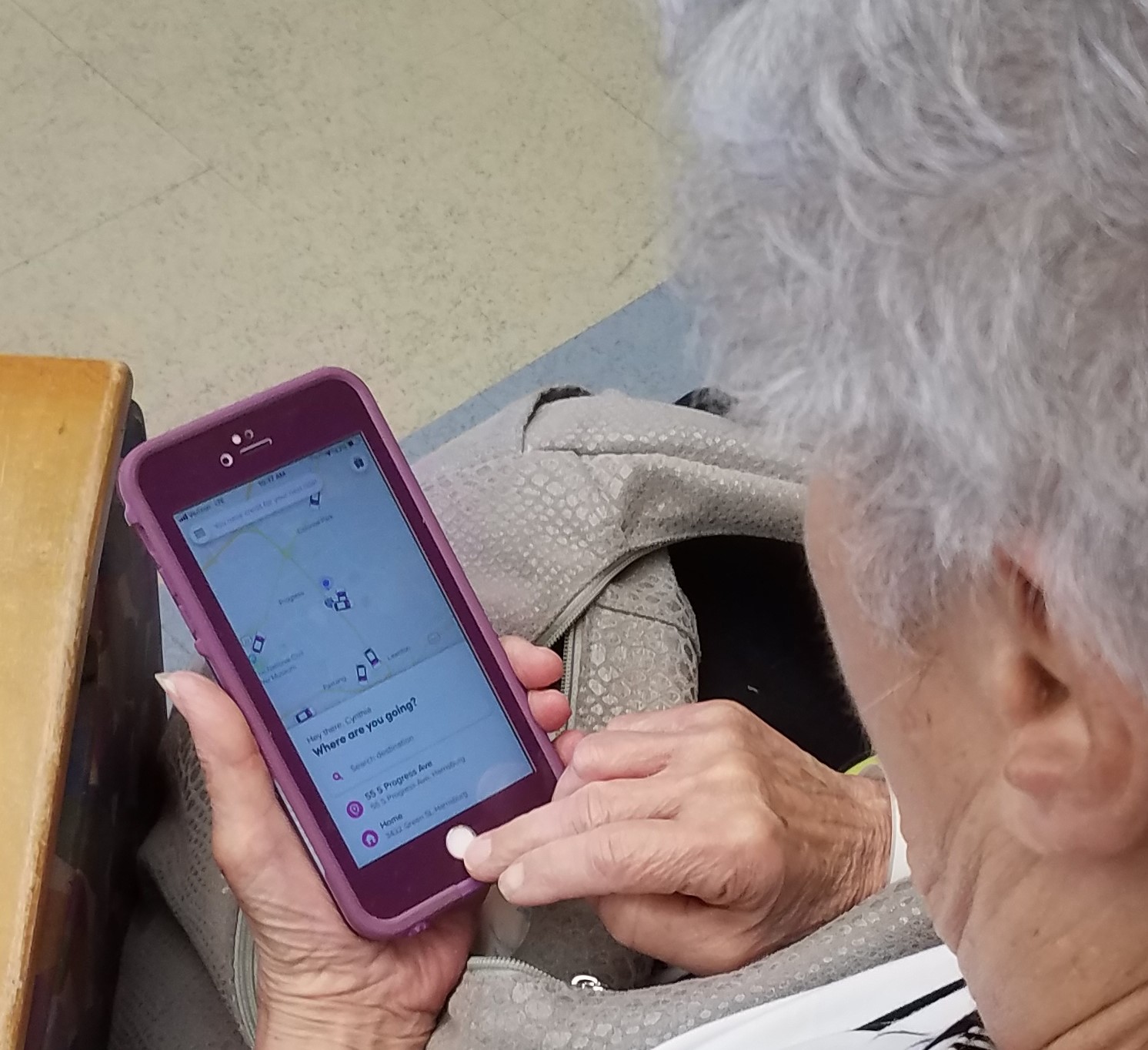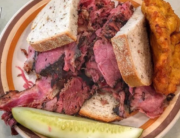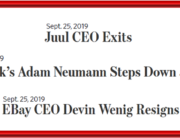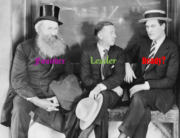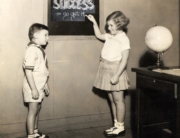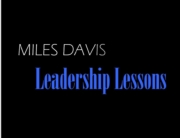A recent article highlighted 94-year-old Martin Gerstell’s regular use of Uber. Uber’s and Lyft’s efforts to market to Mr. Gerstell and his peers are the inspiration for this week’s Lesson Found.
It seems counterintuitive for Uber and Lyft to be directing marketing toward seniors. But a closer look reveals the opportunity. For example, Uber and Lyft are pitching their ride-sharing services to hospital systems and Medicare as practical, affordable transportation to ensure seniors do not miss appointments. Affordable ride-sharing services can also mitigate three of seniors’ greatest fears: “Loss of independence”; “Not being able to drive”; “Isolation or loneliness”. Recognizing this potential, other entrepreneurs are entering the market. SilverRide touts trained drivers and “a comfortable senior-friendly vehicle” while seniors unable to navigate Lyft’s app can telephone GoGoGrandparent to book their ride.
Directing marketing toward seniors is a Lesson Found on expanding a company’s revenue base. This can be as simple as training your staff to spend a little extra time listening. I was recently reminded of this in a doctor’s office where one patient gleefully shared her granddaughter’s career progress as the line of patients of all ages grew. And none of us complained because we too had chosen this doctor’s office for its attention to all their patients.
Gyms and physical trainers offer another example. Study after study highlight the many benefits of exercise for seniors. However, the training regimen for seniors differs from the under-70 workout both in content and scheduling. As result, many gyms and physical trainers supplement their offerings to include specialized classes for seniors. This has the added benefit of scheduling classes at otherwise slow times during the day.
This Lesson Found also extends to how to promote these senior-centric services. While some seniors use technology, their use is vastly different in both how much and how it is used. And, of course, there are many other seniors who do not use technology. Thus, promotional campaigns should rely on more traditional media forms, such as television, while still carefully choosing those titles or shows most likely to be seen by seniors. Further the marketing message needs to be realistic and achievable. Extending the example from above, advertisements for gyms and physical trainers should feature models with whom seniors can relate instead of showing chiseled physiques like Sylvester Stallone at age 70.
Interested in learning if your product or service can be marketed to seniors? Call (717-439-6254) or email me to setup your free initial consultation.

